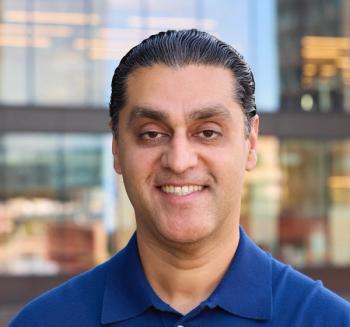
Stroke Study Shows Machine Learning's Promise in Healthcare
In a groundbreaking study, researchers found that high-definition brain modeling, backed by machine learning technology, can beat out traditional models in evaluating potential therapies.
A new study of patients with focal brain injury makes the case that machine learning can empower physicians to make healthcare recommendations with a level of individualized precision that would have been impossible just a decade ago.
A research team from University College London (UCL) examined 1172 stroke patients with anatomically registered brain lesions. They used MRI and CT scans, together with a machine learning algorithm, to map the brains of the patients, leveraging that data to measure the effects of hypothetical therapies. The goal was to find out whether creating precise “fingerprints” of the brain could catch and quantify therapeutic effects that might otherwise be missed by more traditional, low-dimensional measures of brain injury.
The team found that high-dimensional models were better at pinpointing therapeutic effects, particularly for therapies aimed at reducing the size of lesions. For instance, one intervention would need to reduce the size of a brain lesion by 78.4% to be picked up by traditional low-dimensional models. However, the high-dimensional model could pick up lesion shrinkage of as little as 55%, according to
Parashkev Nachev, PhD, the study’s lead author, said even as the healthcare field turned to evidence-based medicine in the 20th century, physicians were stuck making decisions based on a small number of crude variables.
“This defect, together with the naturally reductive predisposition of clinician-scientists, has caused medicine to be dominated by low-dimensional models whose inability to capture the state and trajectory of individual patients is camouflaged by attractive group-level p values,” Nachev told Healthcare Analytics News™.
Thus, though it felt like physicians were making data-driven decisions, those decisions weren’t always as statistically reliable as they might have seemed.
In the 21st century, though, Nachev said he believes machine learning can enable a new era of healthcare decision making.
“Machine learning now allows us to create models that are both complex and formally quantifiable, enabling us not only to individuate therapy but to do so in a way that is probabilistically corroborated,” Nachev said. “This is what we demonstrate in our study, and we have not seen it done at scale anywhere else in medicine yet, though it is sure to come.”
Nachev said machine learning’s ability to capture the complexity of an organ as intricate as the human brain indicates the transformative power of machine learning in healthcare.
“Such exploration cannot be done with ordinary statistics,” he said. “Machine learning is the only way.”
And although his study is the first of its kind in healthcare, Nachev said other sectors, such as internet firms that have modeled human behavior, have been ahead of the curve.
“[Machine learning techniques] ought to have been deployed in healthcare many years ago; they have not because the mode of thinking required is so alien to conventional medical and scientific training,” he said. “We shall have to wait for proof of utility to drive their wider adoption. But it should not be long in coming.”
The study is titled “High-dimensional therapeutic inference in the focally damaged human brain.” It was published last month in the journal






























































































